The best way to capture UTM Parameters in Zoho Bookings
Here's the best way to capture UTM parameters with each booking in Zoho Bookings and send them to your CRM and other tools.
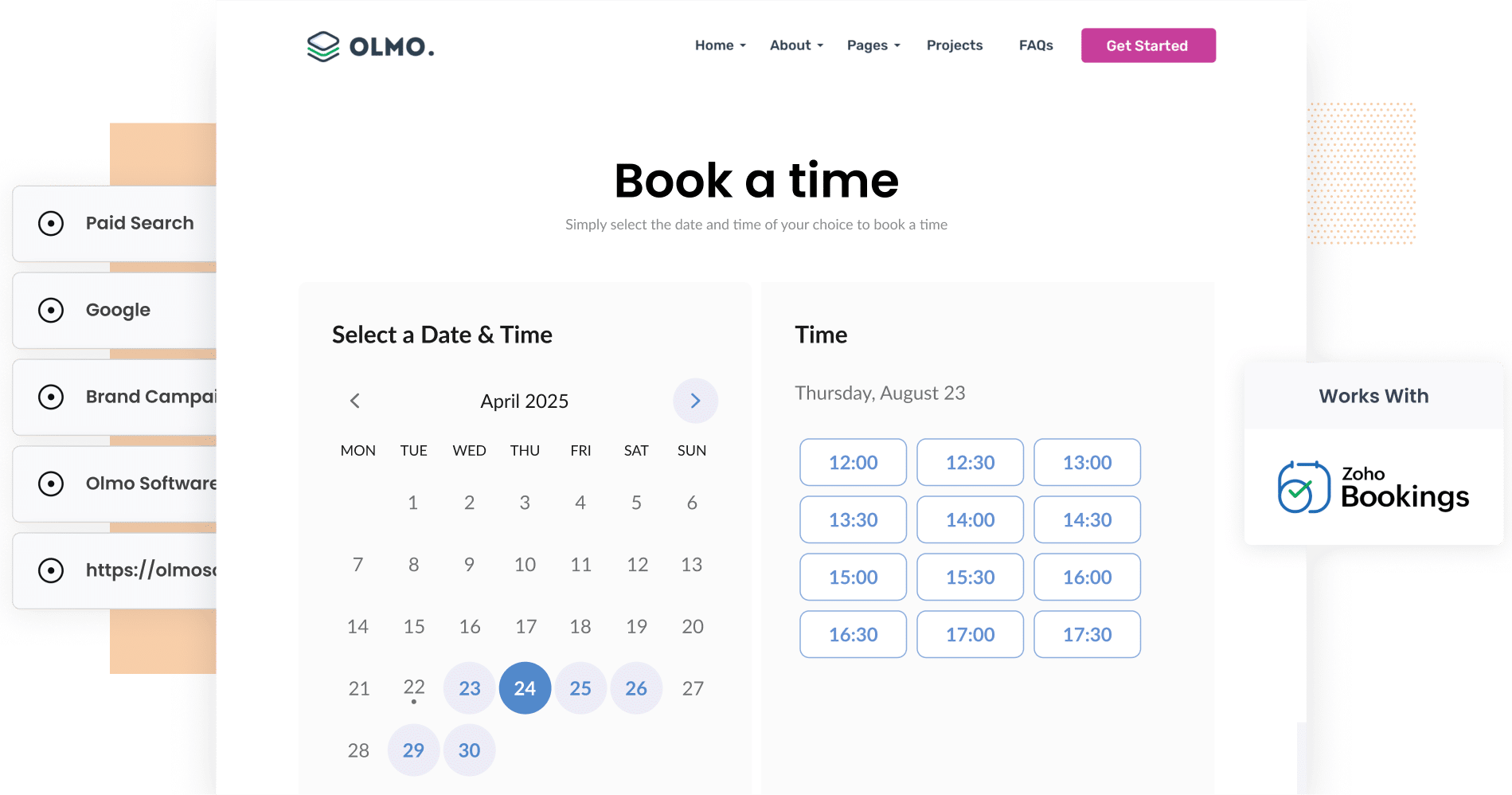
If you’re running ads on Google or Facebook and trying to measure how many meetings they’re generating, you might be struggling.
If so, that's a big problem for your business. If you can't track which campaigns are generating the most leads for your business, then you have no way of knowing what's working and what isn't, and you're likely wasting your precious marketing budget.
Fortunately, though, there is a solution.
In this article, we’ll show you how to capture UTM parameters in Zoho Bookings and send them to your CRM and other tools, so you run reports that show where your leads and customers are coming from.
4 steps for capturing UTM parameters in Zoho Bookings
Using Attributer to capture UTM parameters in Zoho Bookings is easy. Here's how to do it in 4 easy steps:
1. Install Attributer on your website
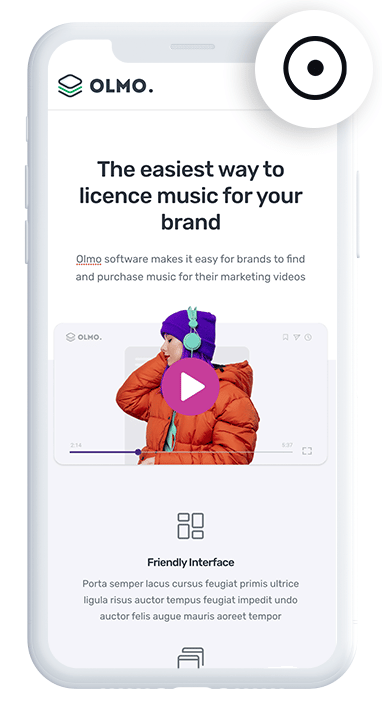
When you start your free 14-day trial of Attributer, we will give you a little piece of code to place on your site.
How you add it depends on the type of website builder you are using. Most of the time you will pop it into the Settings area or use something like Google Tag Manager to get it set up.
We have detailed, easy-to-follow guides for popular platforms like WordPress, Wix, Webflow, Squarespace, and many others. You can check them out here.
2. Add hidden fields to your booking form
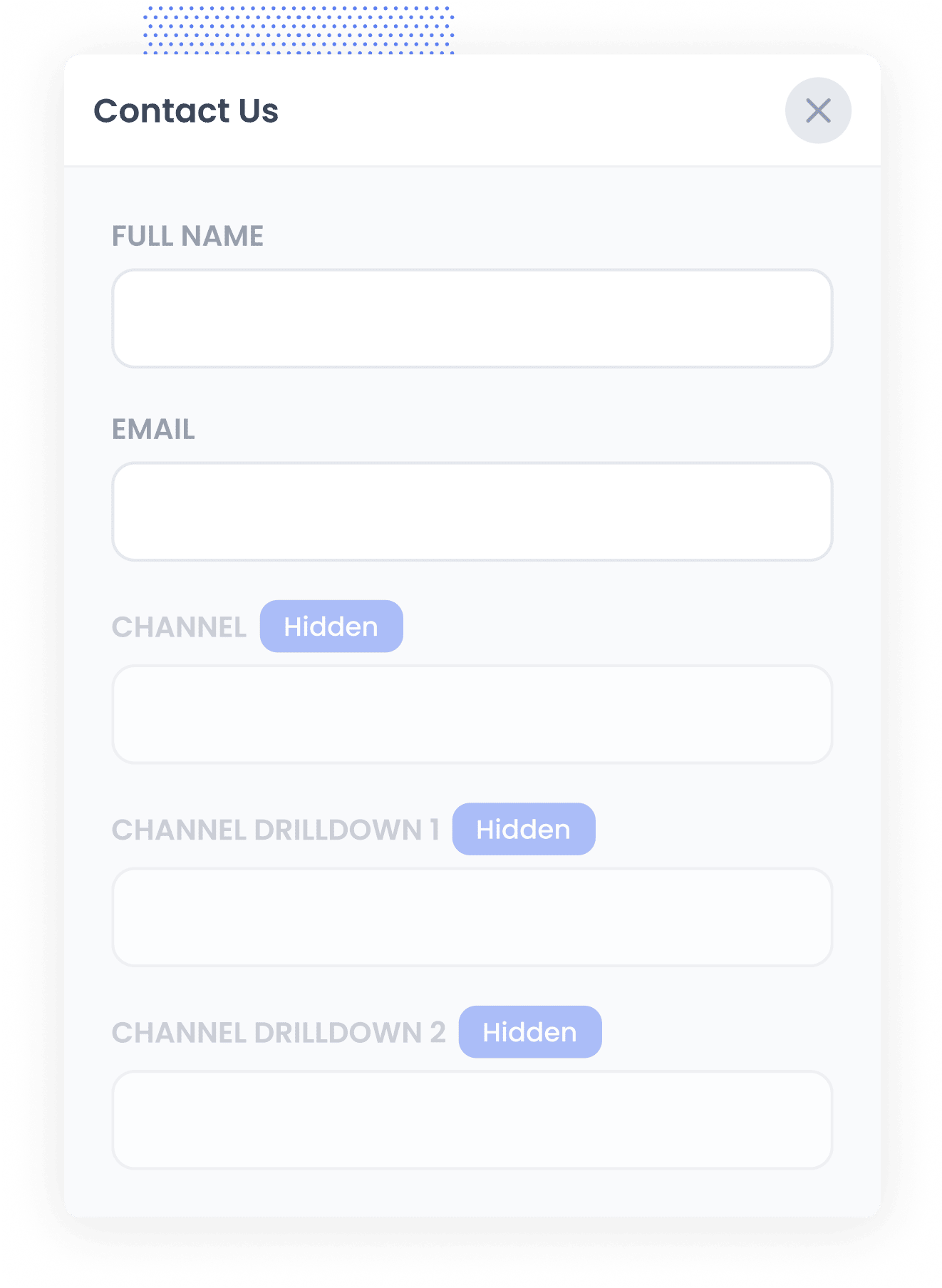
The second thing you need to do is add a series of hidden fields to your Zoho Bookings form.
The fields you need to add are:
- Channel
- Channel Drilldown 1
- Channel Drilldown 2
- Channel Drilldown 3
- Landing Page
- Landing Page Group
Fortunately, adding hidden fields to Zoho Bookings is easy. You simply navigate to the 'Booking Form' section, add a new 'Single Line' field and then click the eye icon to make it hidden. Full step-by-step instructions (with screenshots) can be seen here.
3. Attributer writes the UTM parameters into the hidden fields
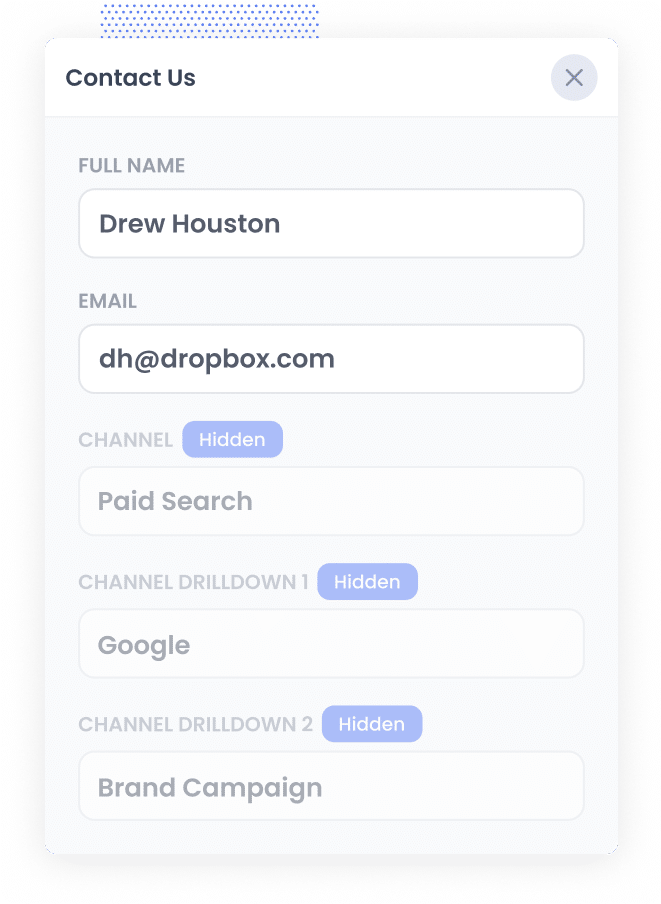
Once you have everything up and running, Attributer will automatically capture the UTM parameters and place them into the hidden fields every time someone books through the Zoho Bookings widget on your site.
Here is a quick example to show how it works. Imagine you are the marketing manager for a company called BrightPath Consulting.
A prospective client clicks on one of your Google Ads, lands on your homepage, and then heads over to the Schedule a Consultation page. From there, they book a meeting using the Zoho Bookings widget you have embedded on the page.
Based on the UTM parameters included in that ad, Attributer would record details like this and send them through to Zoho Bookings:
- Channel = Paid Search
- Channel Drilldown 1 = Google
- Channel Drilldown 2 = Consultation Campaign
- Channel Drilldown 3 = Business Strategy
4. UTM parameters are captured in Zoho Bookings
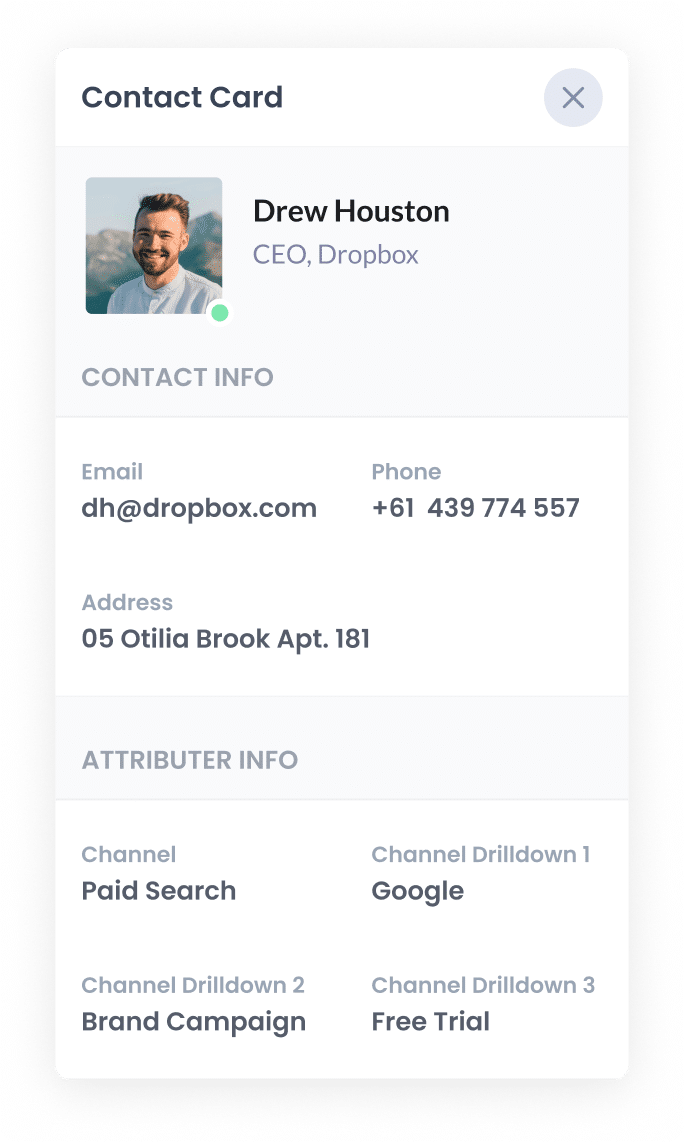
Once the user submits the booking widget, the UTM parameters care captured in Zoho Bookings alongside the information the lead entered into the form (like their name, email, etc).
You can then do a number of things with this data:
- See the UTM data alongside each booking in the ‘Appointments’ section.
- Push the data into CRM tools like Zoho CRM and use it to run reports that show which campaigns are driving the most bookings, leads and customers.
- Export the data to Google Sheets or Microsoft Excel and run your analysis there.
What is Attributer?
Attributer is a little bit of code you add to your website.
When someone visits your site, Attributer looks at how they got there, using similar data to what tools like Google Analytics use. It then sorts that visitor into Channels like Paid Search, Organic Search, Paid Social, and more, and saves this info right in the visitor’s browser.
Later on, if that same person books a meeting through your Zoho Bookings widget, Attributer writes the UTM parameters into hidden fields on the form and it is captured in Zoho Bookings, right alongside their name, email, phone number, and anything else they submit.
Attributer was actually built by a marketing consultant who wanted a simple way to figure out which campaigns were actually driving leads and customers (as opposed to just generating clicks and visitors). It started out as a tool just for his own clients, but he quickly realised other marketers could use it too.
These days, thousands of businesses around the world trust Attributer to track UTM parameters and referral data for more than 10 million website visitors every month.
Why using Attributer is the best way to capture UTM parameters in Zoho Bookings
Here's why using Attributer is the best approach:
1. Captures attribution data on all leads
Attributer does more than just grab UTM parameters and pass them into Zoho Bookings.
It also passes through attribution information on leads who find you through Organic Search, Organic Social, Referrals, or even by typing your URL directly into their browser.
This gives you a complete picture of where every lead is coming from, not just the ones generated by your paid ads.
2. Remembers the data as visitors browse your site
Most other UTM capturing methods only work if the visitor completes the booking widget on the same page they originally land on.
Here’s why that can be an issue: imagine someone clicks on one of your Google Ads and lands on your homepage. From there, they click a “Talk to Us” button that takes them to a separate booking page with your Zoho Bookings widget embedded. Since the booking happens on a different page than the original landing page, the UTM parameters are lost, and you have no idea where that lead came from.
Attributer solves this problem by storing UTM parameters in the visitor’s browser. That way, no matter which page they ultimately book a meeting on, the attribution information is captured and passed through to Zoho Bookings.
3. Captures landing page data as well
Ever wanted to know how many leads and customers come from your blog? Or those in-depth content pieces you spent hours working on?
Attributer doesn't just capture UTM parameters and other channel data, it also captures information like the landing page and landing page category, meaning you can see how many leads and customers you have generated from the content on your site.
4 example reports you can run when you capture UTM parameters in Zoho Bookings
Before starting Attributer, I spent more than 15 years working in marketing and analytics.
During that time, I ran countless reports trying to figure out which campaigns were bringing in real results and which ones weren’t worth the spend.
Over the years, I noticed there were a few reports I kept going back to again and again because they gave me the clearest picture of what was actually working.
I’ve shared some of my favorites below. You can run all of these yourself if you use Attributer to capture UTM parameters in Zoho Bookings and send that data to your CRM or another tool you use.
1. Leads by Channel
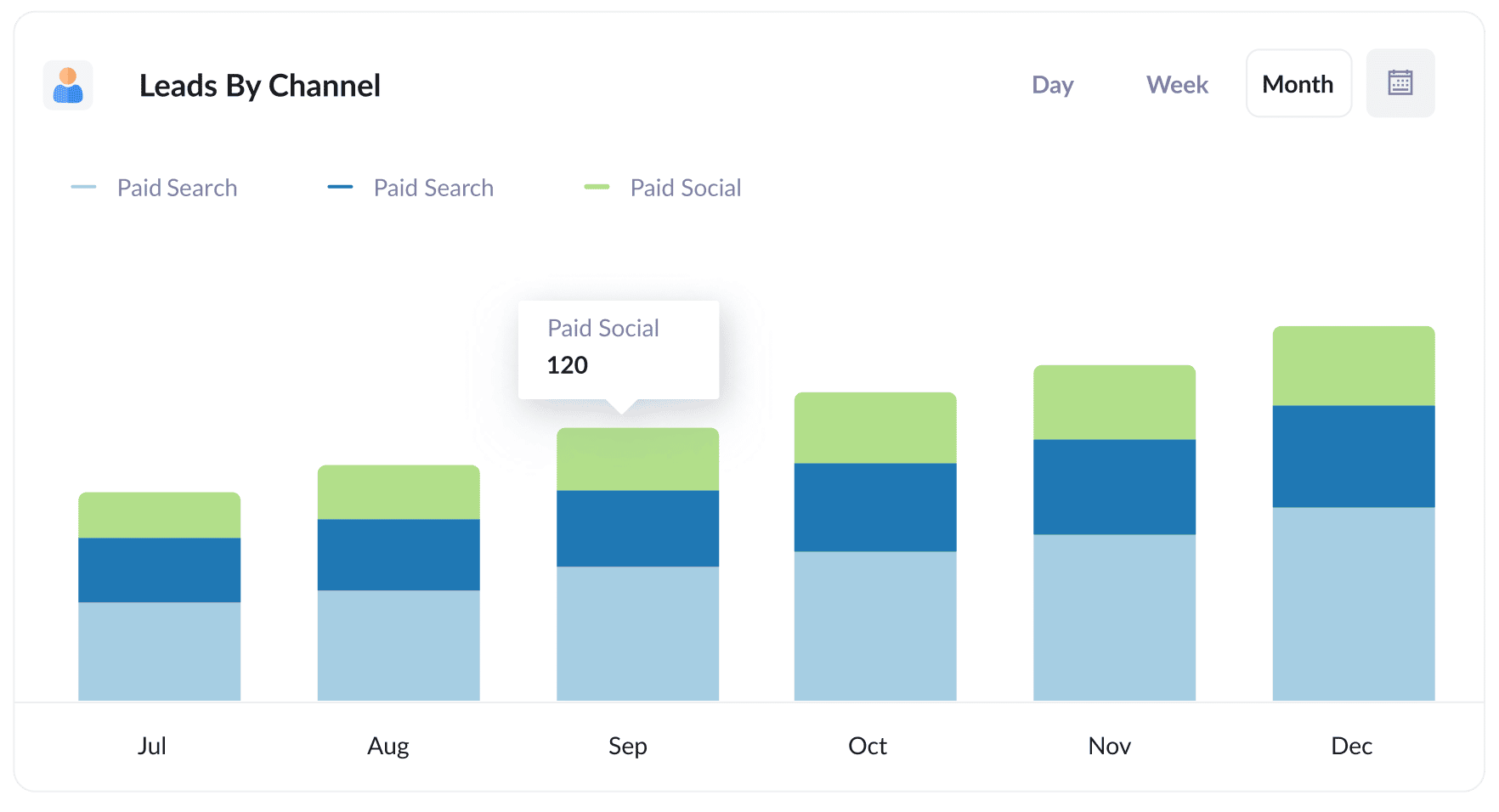
Since Attributer tracks the source of every single lead, not just the ones that come from paid ads, you can create reports like the one above that show how many leads you’re getting each month, broken down by channel.
These reports make it really clear which channels are bringing in the most leads, so you can focus your time and budget where they’ll have the biggest impact.
For instance, if you see that a big chunk of your leads are coming from Organic Search but most of your budget is going toward paid ads, it might be a sign that it’s time to put more resources into your SEO efforts.
2. Leads by Meta Ads Network
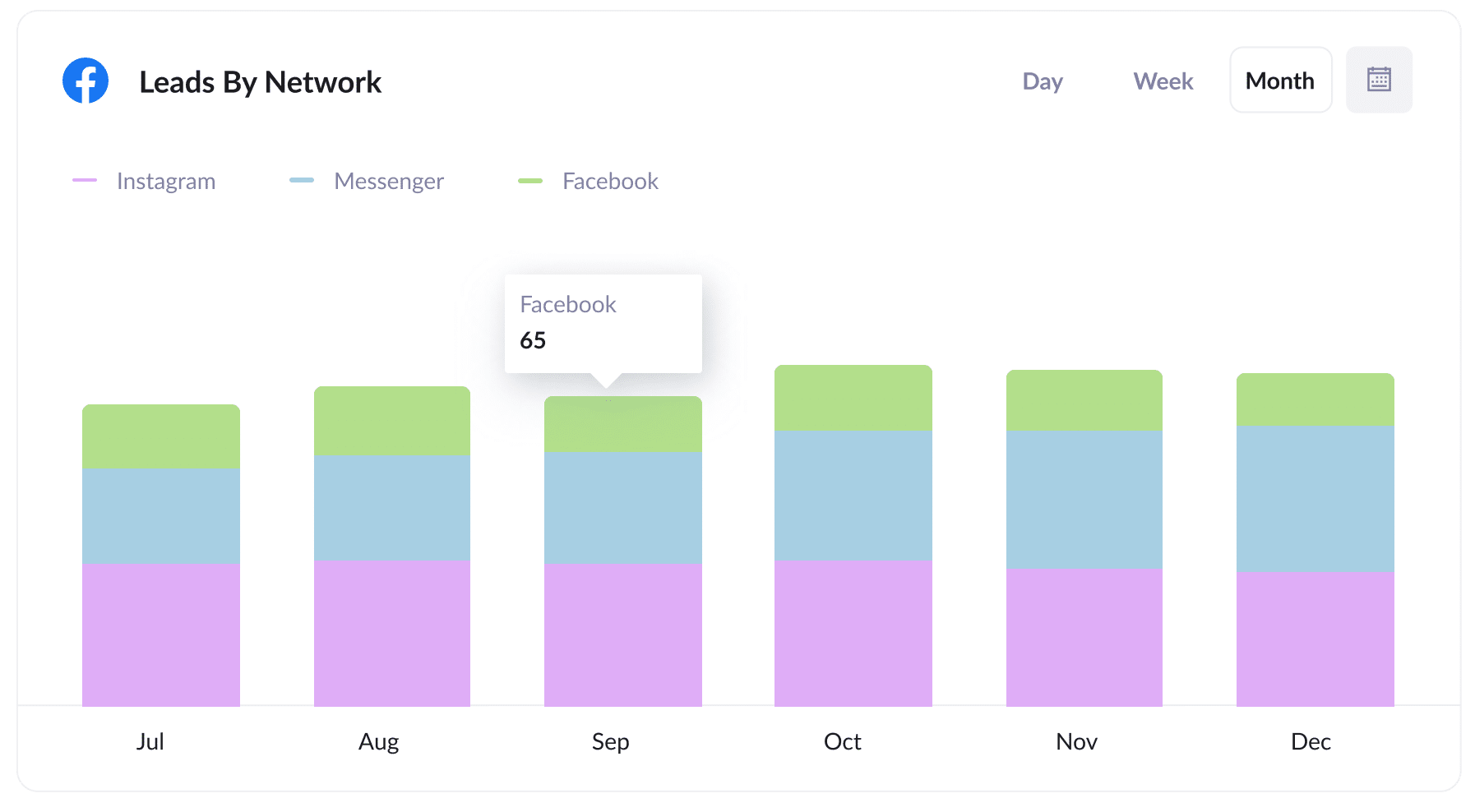
If you are running Meta Ads, your campaigns are probably showing up across different places like Facebook, Instagram, Messenger, and a few others.
That’s why the report above is so useful. It shows you exactly how many leads are coming from each platform, making it easy to see which ones are bringing in the best results.
With this information, you can spend your budget more wisely by putting more money into the platforms that are working and cutting back on the ones that aren’t delivering.
3. Customers by Google Ads campaign
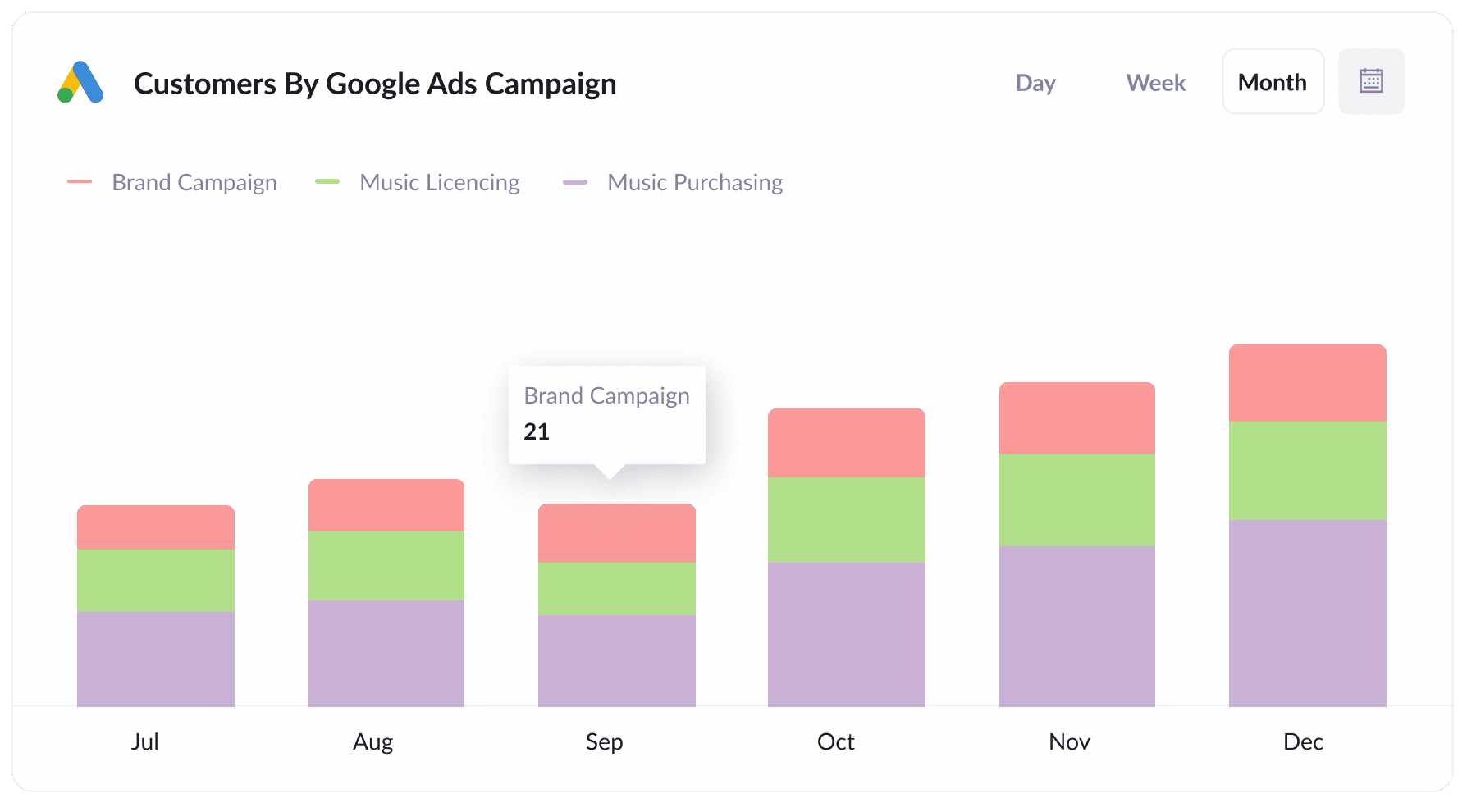
This report shows you how many new customers you’ve gained each month from the different Google Ads campaigns you are running.
When you create this report in your CRM or analytics tool, it becomes easy to see which campaigns are bringing in the best results. With that knowledge, you can confidently move more of your budget toward the campaigns that are working and scale back the ones that are underperforming.
4. Revenue by Keyword
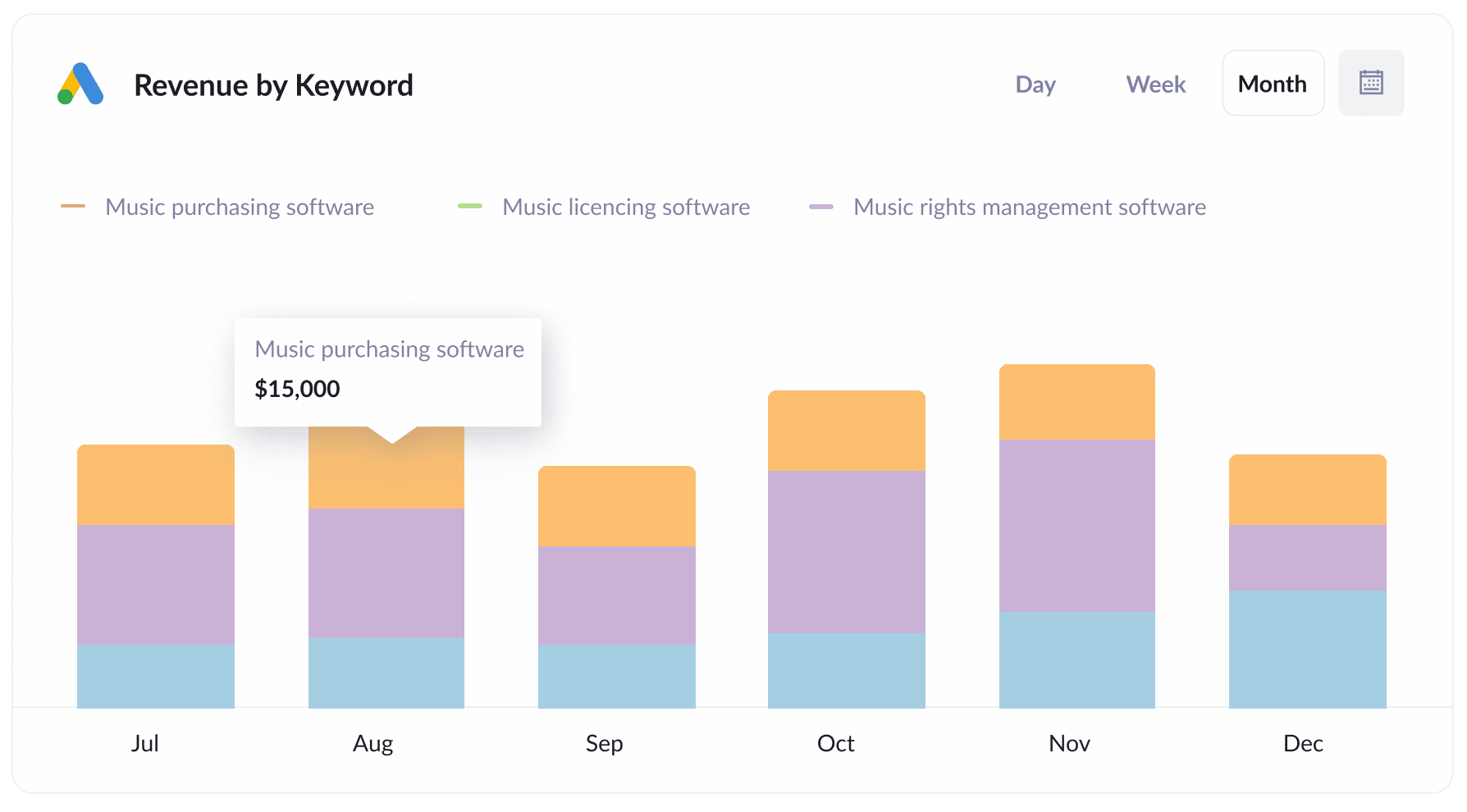
When you include the keyword in the UTM parameters behind your Google Ads (which is simple to set up using tracking templates), you can capture the exact search terms people used to find your business.
This allows you to create reports like the one above, which show exactly how much revenue each keyword is generating.
With this information, you can raise your bids on the keywords that are converting well and get more value from your ad spend.
Wrap up
Zoho Bookings is a fantastic tool for letting potential customers easily book time with you.
However, it doesn't have a built-in way to capture UTM parameters with each booking, which means you have no way of knowing which campaigns, ads, keywords, etc. are actually generating leads for your business.
That’s where Attributer comes in.
It passes through information on where each of your bookings/leads have come from, and if you send that to your CRM or other tools, you can easily run reports that show which campaigns, ads, etc. are actually working for your business.
The best part? It’s free to get started and only takes about 10 minutes to set up. So if you want better attribution from your Cal.com bookings, now’s the time to give Attributer a try.
Get Started For Free
Start your 14-day free trial of Attributer today!

About the Author
Aaron Beashel is the founder of Attributer and has over 15 years of experience in marketing & analytics. He is a recognized expert in the subject and has written articles for leading websites such as Hubspot, Zapier, Search Engine Journal, Buffer, Unbounce & more. Learn more about Aaron here.
